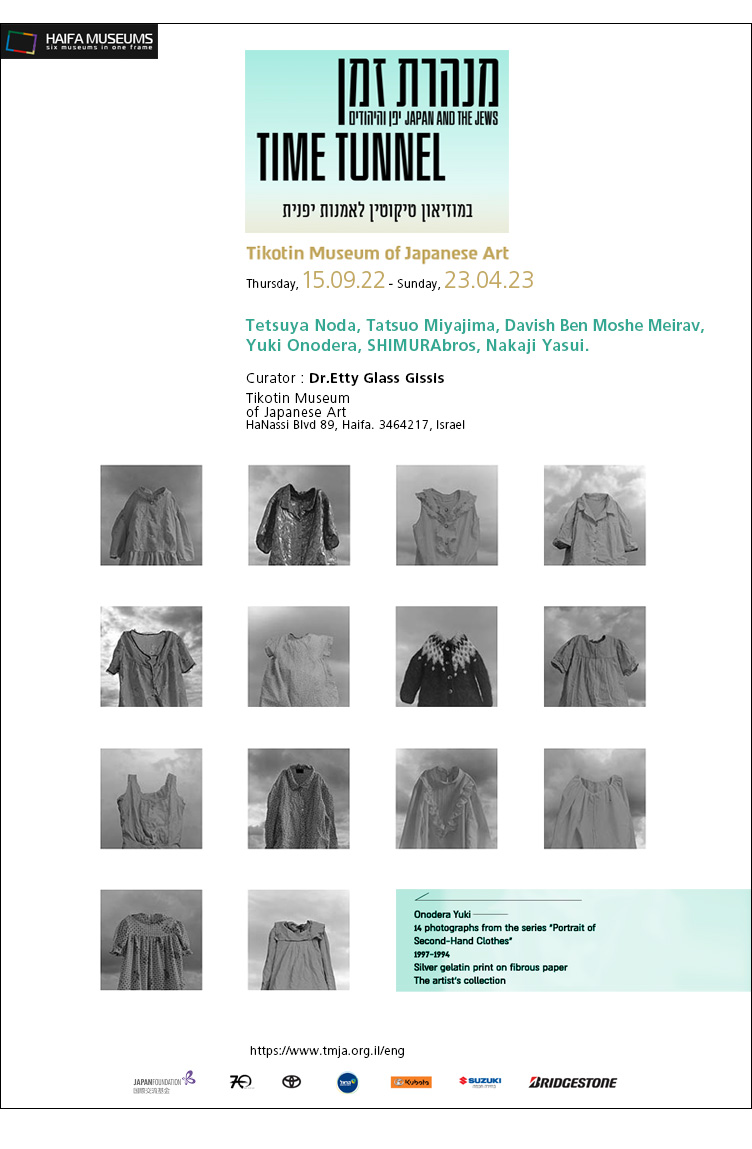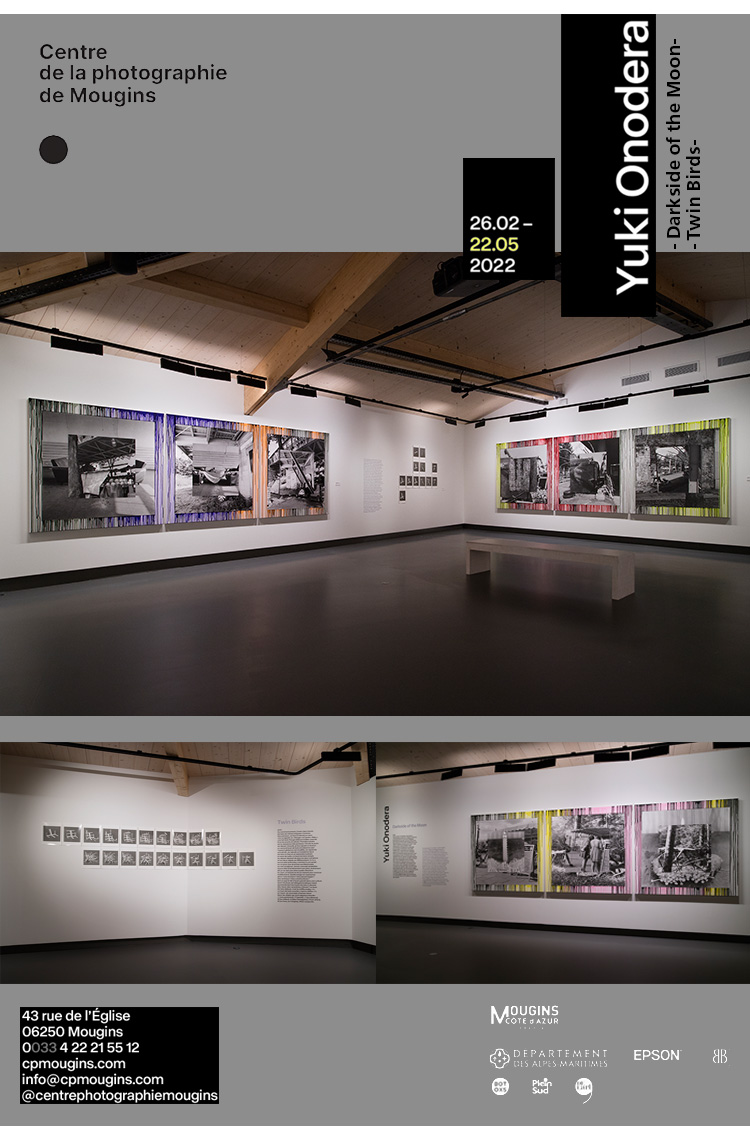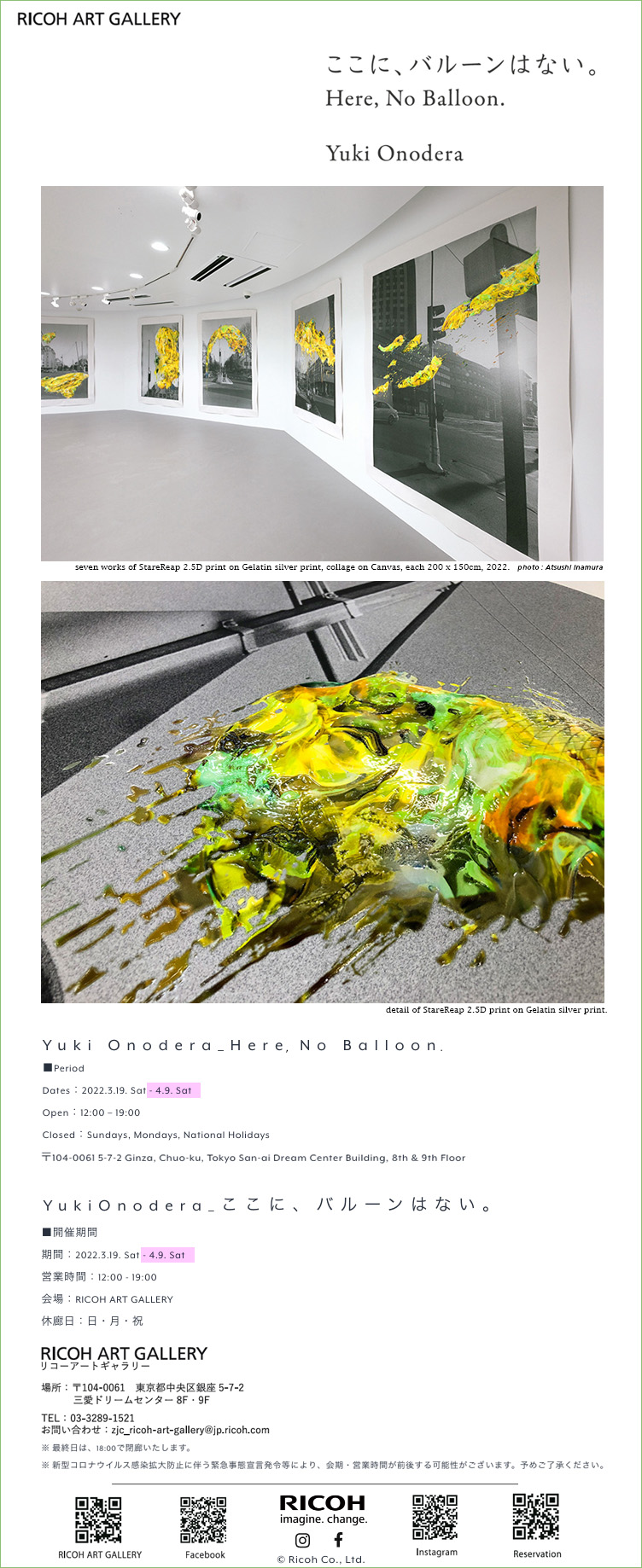EXIT #89 – Motion
“Birds”_Yuki Onodera
https://yukionodera.fr/en/works/birds/
•
•
•
EXIT #89 – Motion
Yuki Onodera-The choreography of flight
Marta Sesé
“Fly, my pretties! Fly! Fly!” In the final battle of the 1996 animated version of The Hunchback of Notre Dame, the gargoyle Laverne – the wisest gargoyle of them all – assembles an army of doves and launches them at the soldiers. One of the film’s recurring gags is Laverne constantly trying to shoo away birds who see her as a perfect roosting spot. Staying in Paris and very close to Notre Dame, but going back to 1225, there lived a sculptor who worked on the cathedral’s construction and had two pet doves. Legend has it that the sculptor was outside one day when the house fell to the ground, trapping one of the birds in the rubble. The other managed to escape but never flew away, bringing seeds and water from the Seine every day. In response to the trapped bird’s plight, the local residents cleared the rubble and freed it, with the two doves quickly reunited. The legend lives on today. The street upon which the sculptor’s house stood is called Rue de la Colombe (the French word for “dove”) and bears a commemorative plaque upon which can be seen a mid-relief image of a dove in flight. Who has not thought of what doves might achieve if they actually organised themselves one day?
A series by the France-based Japanese photographer Yuki Onodera, Birds also has Paris as its backdrop. Taken in 1994, his photographs portray flocks of doves suddenly taking flight close to the window of his apartment in Montmartre. The superimposed extended wings of the birds take up a large part of the frame, creating a dramatic and almost violent sense of movement that is accentuated by the choice of black and white. In some of the images, the bodies of the birds merge with a grey, cloudy sky. In others, there exists a strong contrast between figure and background.
The position and posture adopted by the birds reveal that they have no intention of flying at a great height or travelling a great distance. The idea is to move quickly, to get up and back down again at speed so they can find somewhere else to loiter, amid a crowd.
As we can see in the various works shown in this issue, birds are a perfect means for experimenting with photographic techniques for capturing movement and the possibilities of composition. In Onodera’s case, we can detect the enjoyment the photographer took in creating the series: the playful framings – some full, others empty – the varying degrees of sharpness that create a wealth of textures; bodies that are well-defined because they are so still and wings that are blurred because they are moving at high speed. Birds is, in short, an early work by Onodera that explores the choreographic and dramatic possibilities of the act of flying and which, together with other projects of the same period, such as White and Sphere, allow her to develop his technique and define a series of motifs, movement among them, that continue to feature very prominently in the artist’s later works.
Editorial: Rosa Olivares. Nobody move!
Texts: Carlos Gollonet. Photography and movement
Central theme artists: Greg Anthon, Harold Edgerton, Sanna Kannisto, Jacques Henri Lartigue, Helen Levitt, Etienne-Jules Marey, Duane Michals, Eadweard J. Muybridge, Nicholas Nixon, Yuki Onodera, Thomas Ruff, Ricardo Sánchez, Hans-Christian Schink, Jonathan Shaw, Corinne Vionnet and Michael Wesely
Portfolio artists: Miia Autio, Mark Duffy, Maria Jou Sol, Douglas Mandry and Simone Sapienza
EXIT #89 – Motion
Editorial: Producciones de Arte y Pensamiento, S.L.
Year: January / 2023
Language: Spanish / English
Pages: 144
Format: Rustic with cover
ISSN: 1577-2721
Reference: 771577272008-89
•
•
•









